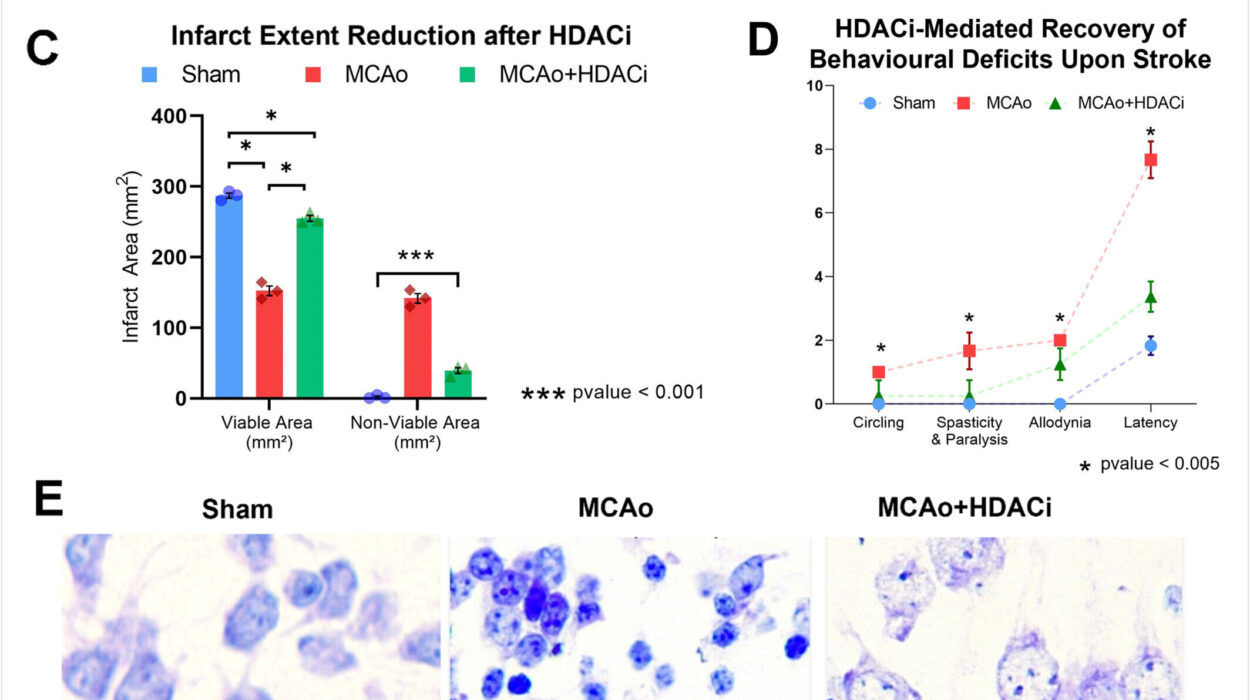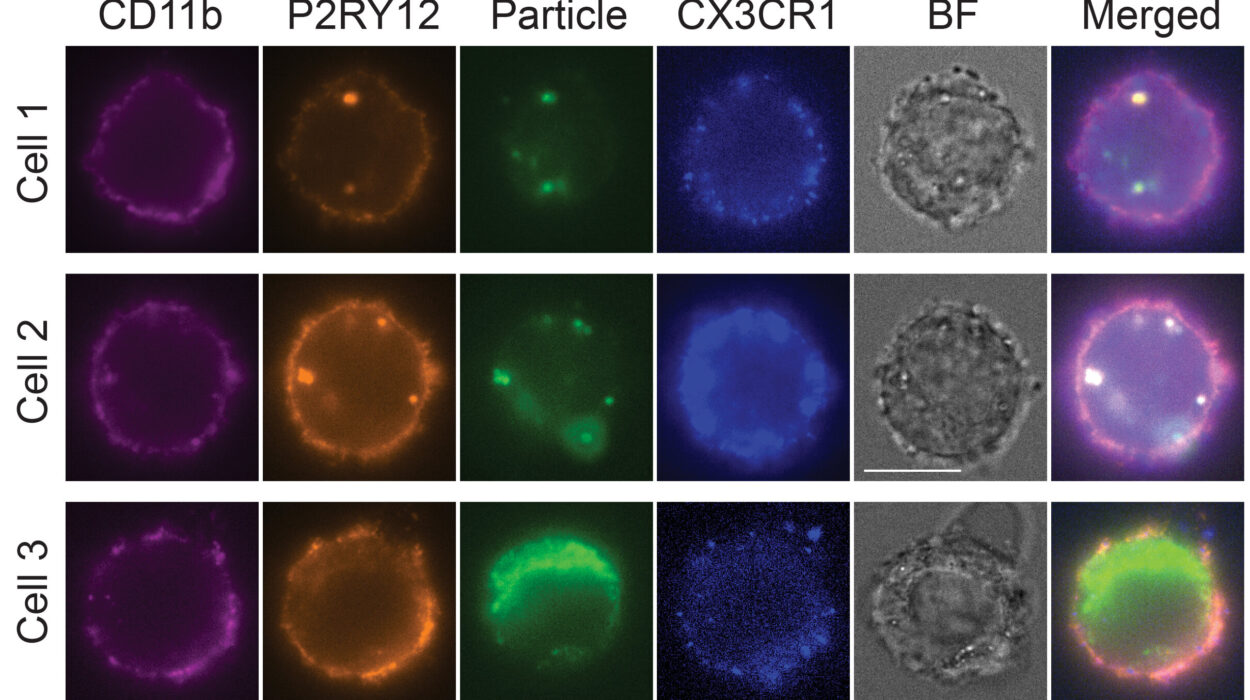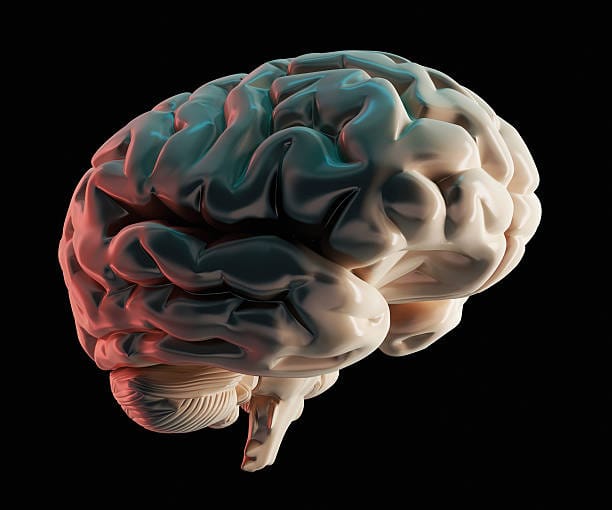Fitness has become one of the most talked-about aspects of modern life. From social media influencers to gym advertisements, we are constantly bombarded with information about how to exercise, what to eat, and the “best” way to get in shape. Yet, not all of this information is accurate. Many fitness myths have been repeated for decades, passed down through word-of-mouth, magazines, and now viral posts online. While some of these myths contain tiny grains of truth, most are misleading at best and harmful at worst.
Science, thankfully, gives us a way to separate fact from fiction. In this article, we will debunk ten of the most common fitness myths using evidence from physiology, nutrition, and exercise science. Each myth will be explored not only for what makes it misleading but also for what the truth can teach us about smarter, healthier ways to approach fitness.
1. Myth: Lifting Weights Makes You “Bulky”
This myth has scared countless people—especially women—away from strength training. The belief goes that if you pick up a heavy dumbbell, you’ll immediately develop oversized, bodybuilder-like muscles.
Why it’s false: Building large amounts of muscle requires specific training, years of consistent effort, and often very high calorie intake. Muscle growth (hypertrophy) is influenced by hormones—especially testosterone. Men naturally have much higher testosterone levels than women, which is why they tend to gain muscle more easily. Women, on the other hand, generally lack the hormonal environment needed to become “bulky” without extreme dedication, specific training programs, and sometimes supplementation.
The truth: Strength training helps everyone. It increases muscle tone, improves bone density, boosts metabolism, and reduces injury risk. Instead of making you bulky, lifting weights typically makes people leaner and more defined.
2. Myth: You Can Spot-Reduce Fat (e.g., Crunches Burn Belly Fat)
“Do crunches to burn belly fat.” “Do leg lifts to slim your thighs.” These claims are everywhere, but they’re one of the most persistent fitness myths of all time.
Why it’s false: Scientific studies consistently show that you cannot reduce fat in one specific area of the body through targeted exercises. When you exercise, your body uses energy from stored fat, but it doesn’t choose where that fat comes from. Genetics, hormones, and overall body composition determine fat distribution, not the specific exercise you’re doing.
The truth: Crunches strengthen your abdominal muscles, but they won’t directly melt belly fat. The only way to reduce fat in a specific area is to lower overall body fat through a combination of calorie balance, strength training, and cardiovascular exercise. Over time, this results in fat loss across the body—including stubborn areas.
3. Myth: More Sweat Means More Fat Burn
Many people equate sweating heavily with burning more calories or fat. That’s why “sweat detoxes” and “sauna suits” are so popular.
Why it’s false: Sweat is your body’s cooling mechanism, not a measure of calorie burn. You can sweat a lot in a hot room with minimal activity, and you can burn lots of calories in a cold environment without sweating much at all.
The truth: Sweating is about regulating temperature, not fat loss. While intense exercise often makes you sweat more, it’s the intensity of the activity—not the sweat—that determines calorie burn. The weight lost from sweat is simply water weight, which returns once you rehydrate.
4. Myth: Cardio Is the Only Way to Lose Weight
For years, cardio workouts like running, cycling, and aerobics have been marketed as the go-to solution for weight loss. Many people still believe that endless hours on the treadmill are the best way to shed fat.
Why it’s false: Cardio does burn calories, but it’s not the only—or even always the best—tool for fat loss. Strength training not only burns calories during the workout but also builds muscle, which increases resting metabolic rate. That means your body burns more calories even while resting.
The truth: A combination of cardio and strength training is the most effective strategy. Cardio improves heart health and endurance, while strength training builds muscle, enhances metabolism, and supports long-term weight management. Nutrition also plays a far greater role in fat loss than cardio alone ever could.
5. Myth: No Pain, No Gain
This famous saying has been repeated in gyms for decades, but it has been widely misunderstood. Many take it to mean that if exercise doesn’t hurt, it isn’t working.
Why it’s false: Exercise should challenge you, but it should not cause sharp pain or injury. Muscle soreness (known as DOMS—delayed onset muscle soreness) is normal after new or intense workouts, but pain is your body’s signal that something may be wrong. Pushing through pain can lead to serious injuries.
The truth: Progress in fitness comes from consistent effort, proper form, and gradual increases in intensity—not from suffering. Discomfort from hard work is different from pain caused by injury. Learning to distinguish between the two is critical to training safely and effectively.
6. Myth: Carbs Are the Enemy of Fitness
In recent years, low-carb diets and the demonization of carbohydrates have created a widespread belief that carbs are inherently bad for weight loss and fitness.
Why it’s false: Carbohydrates are the body’s primary source of energy, especially for high-intensity exercise. Cutting out all carbs can lead to fatigue, decreased performance, and poor recovery. What matters is the type and amount of carbs consumed, not their complete elimination.
The truth: Whole, complex carbs like oats, brown rice, quinoa, fruits, and vegetables provide essential nutrients and sustained energy. Processed carbs and added sugars, on the other hand, should be limited. Balance and moderation are key. For athletes and active individuals, carbs are not the enemy—they are fuel.
7. Myth: Doing Endless Sit-Ups Will Give You a Six-Pack
Fitness culture often promotes the idea that hundreds of sit-ups or crunches will create sculpted abs. Many people spend hours doing ab exercises in pursuit of the elusive six-pack.
Why it’s false: Visible abs are more about body fat percentage than the number of ab exercises performed. You can have strong abdominal muscles hidden under a layer of fat. Unless body fat is reduced, those muscles won’t be visible.
The truth: Core training is important for posture, stability, and strength, but achieving a six-pack requires a combination of strength training, cardiovascular exercise, and nutrition. Abs are “made in the kitchen” just as much as in the gym.
8. Myth: Women Should Train Differently Than Men
Many fitness programs marketed toward women emphasize light weights, high repetitions, and cardio-based workouts, suggesting that women should avoid training like men.
Why it’s false: Physiologically, men and women respond to strength training in very similar ways. The main differences lie in hormone levels and average muscle mass, not in how exercises should be performed. There’s no scientific reason women should stick to pink dumbbells and avoid barbells.
The truth: Women benefit from strength training just as much as men. Building muscle improves health, reduces injury risk, boosts metabolism, and enhances athletic performance. The best training program is one based on goals and needs, not gender stereotypes.
9. Myth: Stretching Before Exercise Prevents Injury
For decades, static stretching (holding stretches for long periods) was thought to be the best way to warm up and prevent injuries before a workout.
Why it’s false: Research has shown that static stretching before exercise does not significantly reduce injury risk and may even decrease performance by temporarily weakening muscles.
The truth: The best warm-up is dynamic stretching—active movements that prepare muscles, joints, and the nervous system for activity. Static stretching is still useful but is best reserved for after workouts to improve flexibility and recovery.
10. Myth: If You Stop Exercising, Muscle Turns Into Fat
This myth is extremely common, but scientifically impossible. Muscle and fat are two different types of tissue, and one cannot magically transform into the other.
Why it’s false: When people stop exercising, muscle mass decreases because the body no longer has a stimulus to maintain it. At the same time, if calorie intake remains the same or increases, fat may accumulate. This combination creates the illusion that muscle has “turned into” fat.
The truth: Muscle doesn’t turn into fat. What really happens is muscle loss and fat gain occurring simultaneously. The solution is simple—maintain regular physical activity and adjust nutrition to match activity levels.
Conclusion
Fitness is filled with myths, many of which persist because they are easy to believe or sound appealing. But clinging to these misconceptions can hold people back from achieving their true potential. Science shows us a clearer path: one built on balance, consistency, and evidence-based practices.
Strength training doesn’t make you bulky—it makes you strong. Carbs aren’t your enemy—they’re fuel. Sweat doesn’t equal fat loss, and abs aren’t built by crunches alone.
The key to lasting results isn’t chasing quick fixes or believing catchy slogans—it’s understanding how the body really works. By letting go of myths and embracing science, we can unlock a healthier, stronger, and more empowered approach to fitness.






